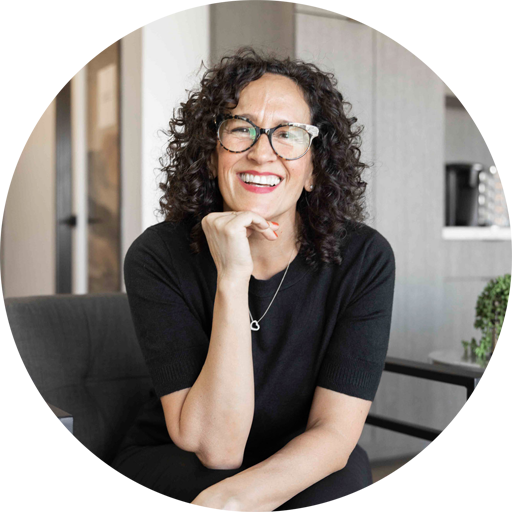You will begin to hear a theme of mine when it comes to interior decorating and design. I do not have an expendable budget that shifts with every changing season or every new fashionable trend. I have leaned into a few key design principles (which have impacted my wardrobe and my home) that have enabled me to make quality purchases that have lived with me, moved with me, and have served multi-functional purposes from home-to-home and room-to-room.
AND, on top of that, have enabled my design budget to stretch. Neutral colors, organic and natural fabrics, and sustainable boho-chic flair have been at the core of my home for almost 12 years now.
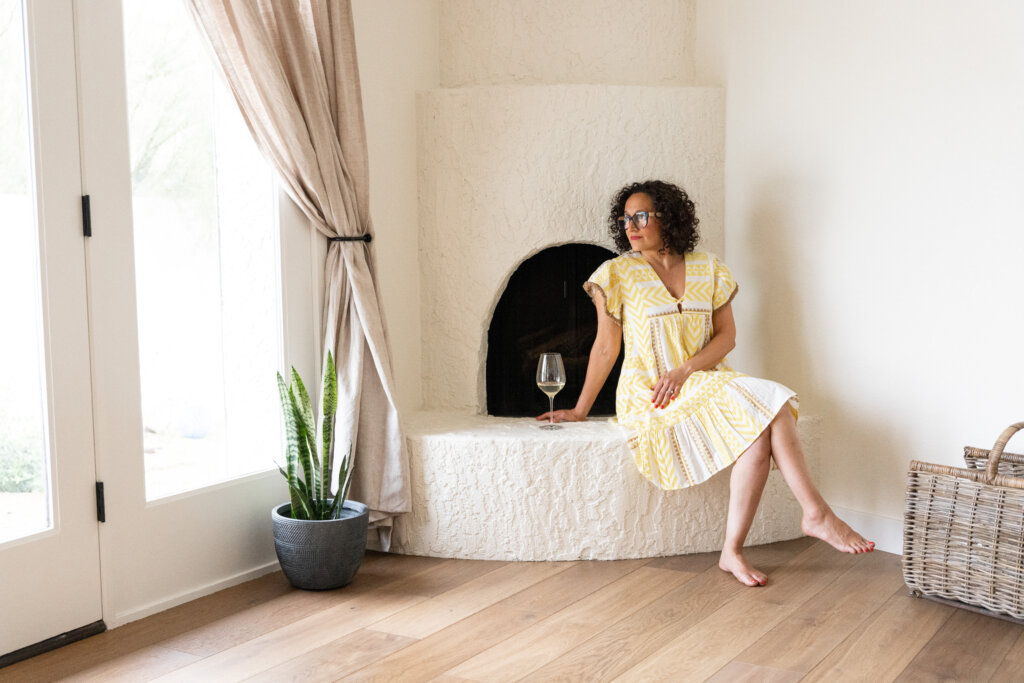
My First Love: Fashion
My love affair with design started at a young age—I always cared about how I looked and what I wore. I, then, found myself, with a measured eye, watching what everyone around me wore as well.
I was a student of fashion at a young age. From Gloria Vanderbuilt, Guess, Esprit, Kids, Adidas and the famous Reebok high top in the early 80’s adorned with Velcro straps to Levi’s, BCBG, Michael Stars, and Charles David in the 90’s. In my late 20s, I watched from afar and became enamored by Diane von Furstenberg, Donna Karan and Ralph Lauren and their attention to detail. Their ability to outfit a woman in business clothes and maintain their femininity. I can recall my outfits at 10, 15, and 20 years old like it was yesterday.
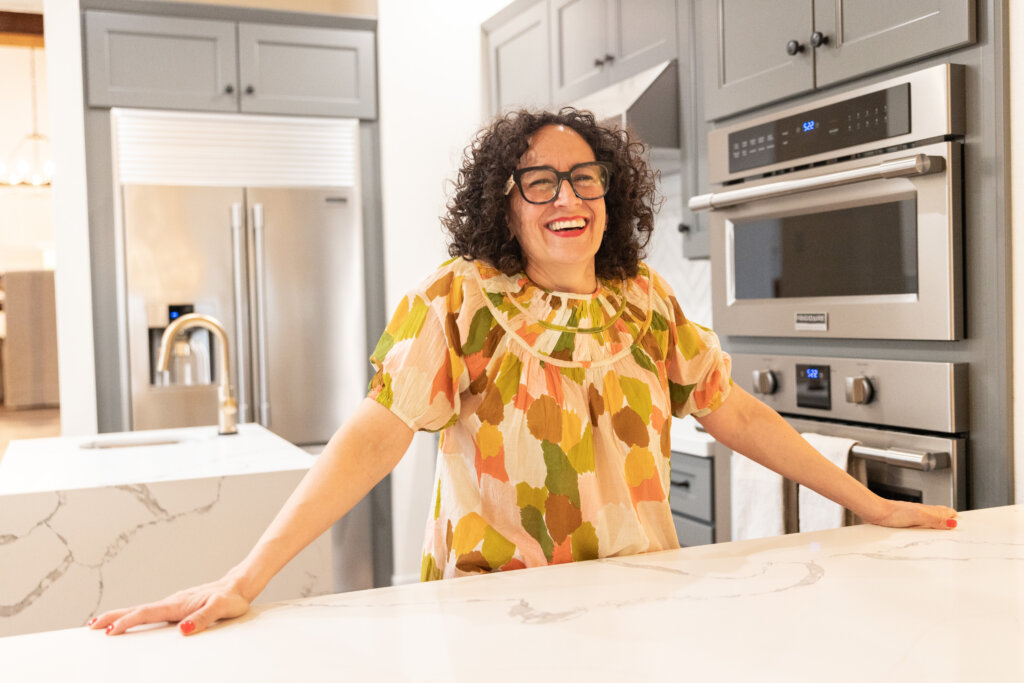
This passion for fashion has absolutely influenced the way I design, coordinate, accessorize and ‘fashion’ my home. In this blog, we will dissect a few key design principles and how those influenced our choices for some of the essential and accent elements of home decor—flooring, rugs, and tile—with our 2021 home remodel.
Key Design Principles of Good Home Design
Our home tends to blend together. Sounds boring, doesn’t it?
My goal is to find a way for it not be! You will typically find that one room isn’t dramatically unique or different to another room in our home (which some homes do very well). To me, I love that I can move soft goods, accessories, and furniture around like it’s my dollhouse and it’s bound to all gel together.
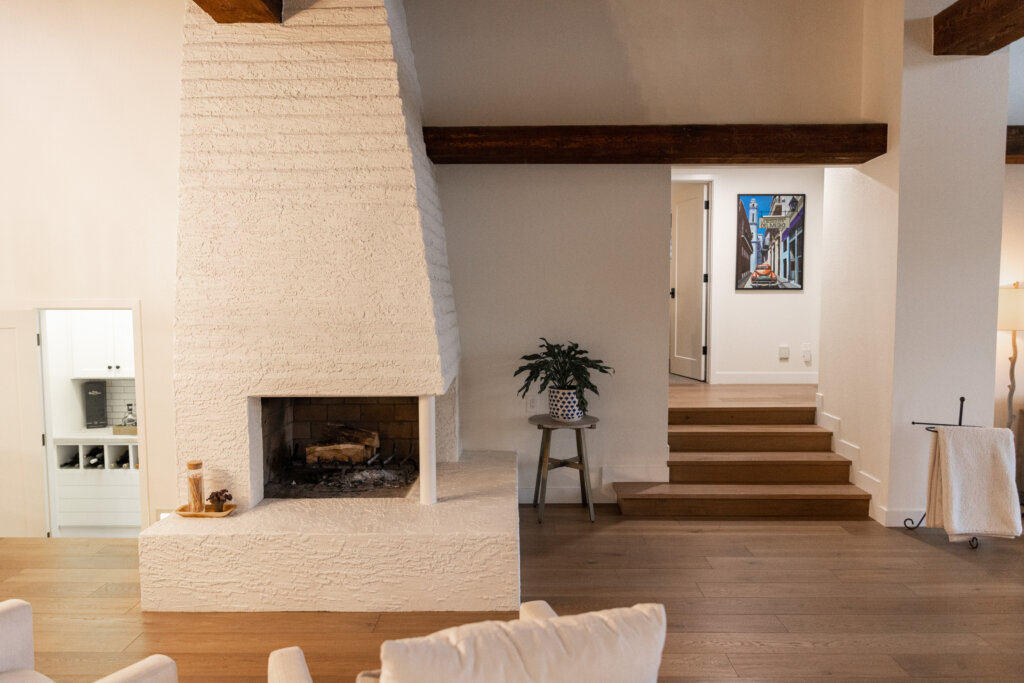
In our home, you’ll find that any piece of furniture—from a headboard, chair, couch, or side table to a piece of pottery, pillow, or bed linen—could be used interchangeably from room to room.
I love natural, organic fabrics and pieces—mixing new with antique, vintage, restored, and reclaimed. One requirement that I seek is that each piece feels like it can tell its own story rich with texture, quality, history, and/or function.
So, let’s dive into a few details about how these key design principles influenced our design strategy and choice…
Floors and Their Adornments
Rugs and flooring are an important part of any home. The valuable, cherished, and perhaps expensive furniture that adorns your home sits on any/all of your floors and rugs.
Rugs are the canvas that helps paint a picture for the various additional layers—furniture, fabric, lighting, plants, and accessories that bring your entire home together.

Here are a few guiding key design principles, starting with flooring and rugs:
1. Main Living Area
When remodeling a home, we like to keep the floors as same, similar, and simple. If you currently live in a home or find a new home that you want to upgrade, but maybe don’t have the capital to remodel everything at once, here’s a tip:
Get one consistent floor for all the main living areas to immediately change the way the home ‘lives’ and feels.
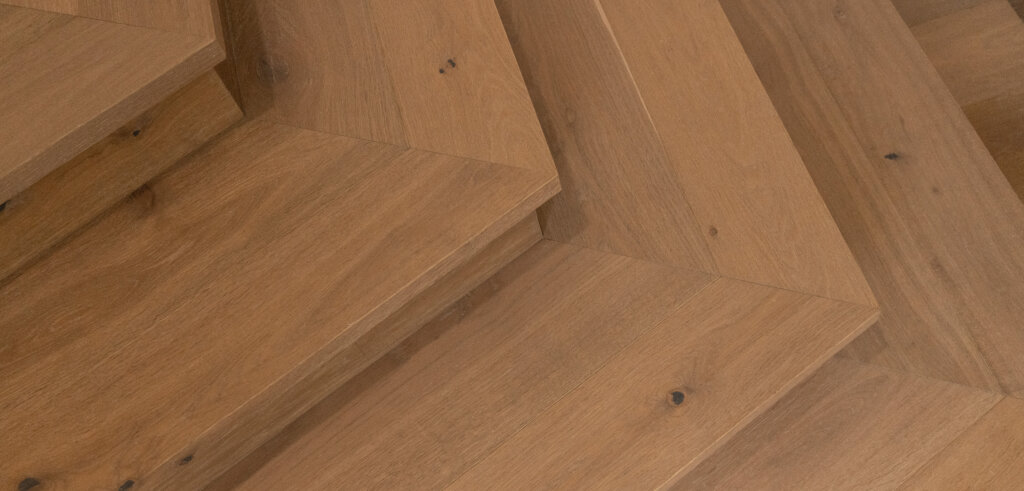
Achieving one consistent material for your entire main living area creates a clean canvas for decor, removes the hectic nature of different flooring materials, and immediately updates the home (even if you haven’t updated countertops, cabinets, tile, etc).
I have been in real estate for over 20 years and have toured hundreds of homes. I see way too many homes with 8-12 different main-living flooring. Tile, wood, Saltillo, laminate, vinyl, concrete, and carpet all found in the same home each separating room-from-room. It becomes an interruption and a distraction to the aesthetic.
One of the fastest ways to improve, upgrade and remodel your home is to get new floors throughout the main living areas.
Keep in mind: If you do decide to put new flooring throughout, I do suggest new base, case, and trim around the floors and doors. And if you’re considering getting new floors before you remodel other parts of your home… Please do not spend the money if you will be making any changes to the floor plan, cabinets, or walls. All the hard work, effort, and money may be all for naught.

2. Bathroom and Laundry Room
I personally love to have each bathroom feel different. It’s one reason why I do not always love a new construction. To be most efficient with labor, materials, change-orders, and cash, more often than not you find that each bathroom looks the same.
Again, I love each bathroom to feel different, BUT I can achieve that while keeping the floors in each bathroom the same. You want your home to feel like it makes sense, that it flows together from room-to-room. Too many different floors can make the design feel like it is ‘all over the place’.
We use the same flooring in all 3 (of 4) of our baths and in our pantry. We achieved a unique footprint for each bath by changing mirrors, lighting, faucet, and or wallpaper—all much less expensive than flooring.

3. Bedrooms
This is a rather simple one for me. I like floors in the primary bedroom to match the main living area floors. As for the kids and/or the guest bedrooms—I prefer carpet. With two younger boys, I opt for safety, given how physically active they are, for their livelihood as well as wear and tear.

4. Rugs
I try to coordinate the rug with the fabric of the couches, chairs, and furniture that sit on it. However, I also try to not have it feel too monochromatic or boring. I love purchasing rugs that add depth, texture, or variety—sisal or natural fiber rugs for texture and sustainability, as well as neutrality. I love a rug that gives you room to change. Remember: we typically choose hardwood floors, which go well with natural fiber rugs.
I love a herringbone, knotted or braided natural fiber rug. It adds a particular layer of depth to the room.
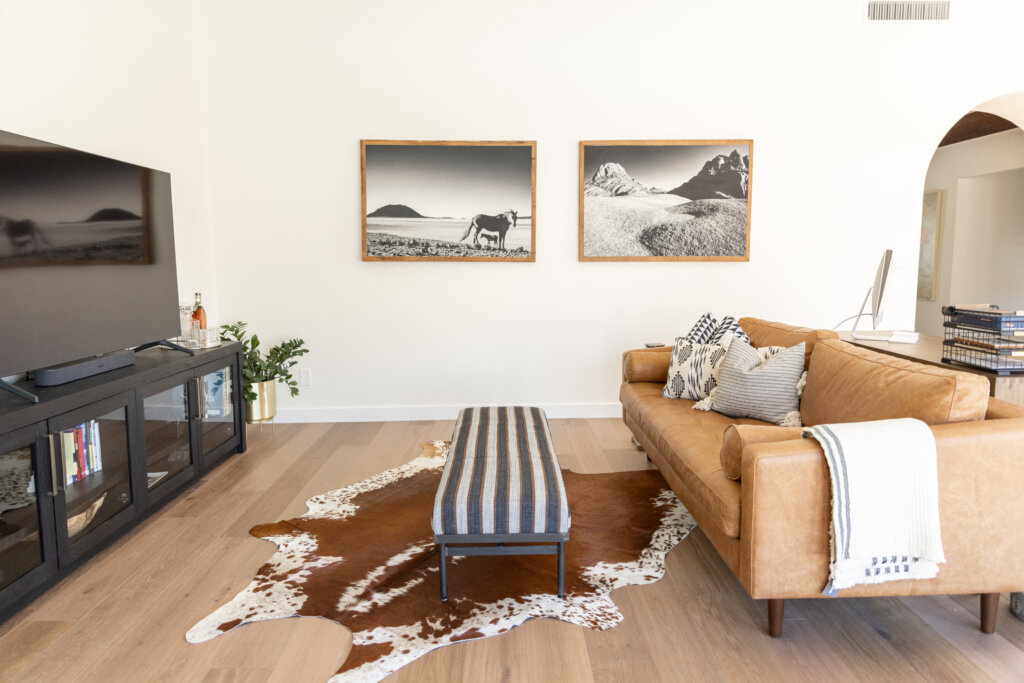
And for my personal dos and don’ts for rugs:
Don’t: Purchase rugs with tassels or strings at the end or on corners. I find that my ‘perfectionist’ side feels too unsettled by the un-neat-ness of the frays that get tangled, knotted, or flow in too many different directions.
Do: On occasion, pick a fun rawhide or more hectic geometric rug, as it adds a splash of nuance to the room while also remaining neutral as you may move furniture around.

Versatility of Tile
Tile can be used in a variety of ways and places throughout your home. It can be on the floor, wall, or ceiling. We spent months looking for the right bathroom and backsplash tile. When we finally found it, we decided to use it everywhere. Seriously. I am not kidding.
We fell in love with a rich, textured subway-style tile from Daltile Tile & Stone, in Tempe, AZ. We wanted to lean into our Tuscan-style home, so we chose a tile that was hand blown and available in lots of rich colors. Then, we decided to use it in the kitchen, all 4 baths, the laundry room, and the wine cavern—the twist was that we chose a different color and a different pattern for every different room. At the time, we felt like it was fairly risky. It could come off as boring, thrifty, non-creative, or worse: hectic.

I think we nailed it, if I do say so myself. I only have this somewhat braggadocious comment, because anything is possible:
If you love it and have a concept that you take time to truly think all the way through, 9 times out of 10 it will work!
Falling in Love with Faucets
We went to a local design showroom to get ideas for faucets, hardware, lighting, sinks, and toilets. We fell in love with the simplicity that Delta offered. Trust me, we did fall in love with other brands, but we were sticking to a budget and Delta gave us a polished and clean-line look, with our color choices for the right price.
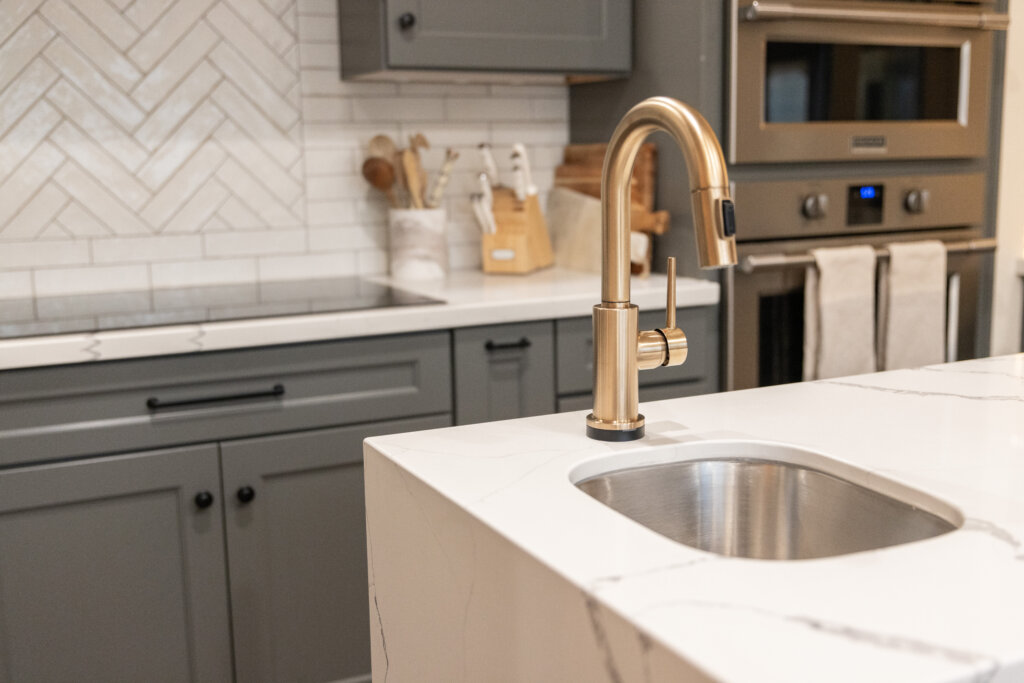
Then, similar to our tile strategy—we put Delta in every room and every sink in our home, with one exception. We gave a little modern flair to our Spanish home by choosing different finishes for each room. A great way to save money and time while not compromising on style.

Being Budget-Conscious
We saved money on toilets and sinks. Don’t get me wrong, every choice is important, but you have to discern along the way—unless you have unlimited cash—where to spend the money so it will make the most impact. We knew we wanted more rounded sinks and toilets to flow with the curves found in Spanish, Tuscan, or Santa Barbara homes. After that, we decided to buy on the lower end of the spectrum.
Another budget-conscious way to elevate your home is with wallpaper, one of my favorite budget-conscious ways to show the personality of each room. I’ve always been drawn to the way that as we change with time – our loves, our interests, our daily flow – so can the walls around us.

Time to Decorate… Timelessly
So, where do we go from here?
Start with your dream—what does your ideal living room, bathroom, bedroom, or laundry room look like? Are you ready for a big remodel or just focusing on a piece for the time being? Once you’ve answered those, start to think about how closely your current home (or one you are considering buying) fits that dream. Doesn’t hurt to make a list, and this step also helps you to appreciate the design and beauty that’s already there.
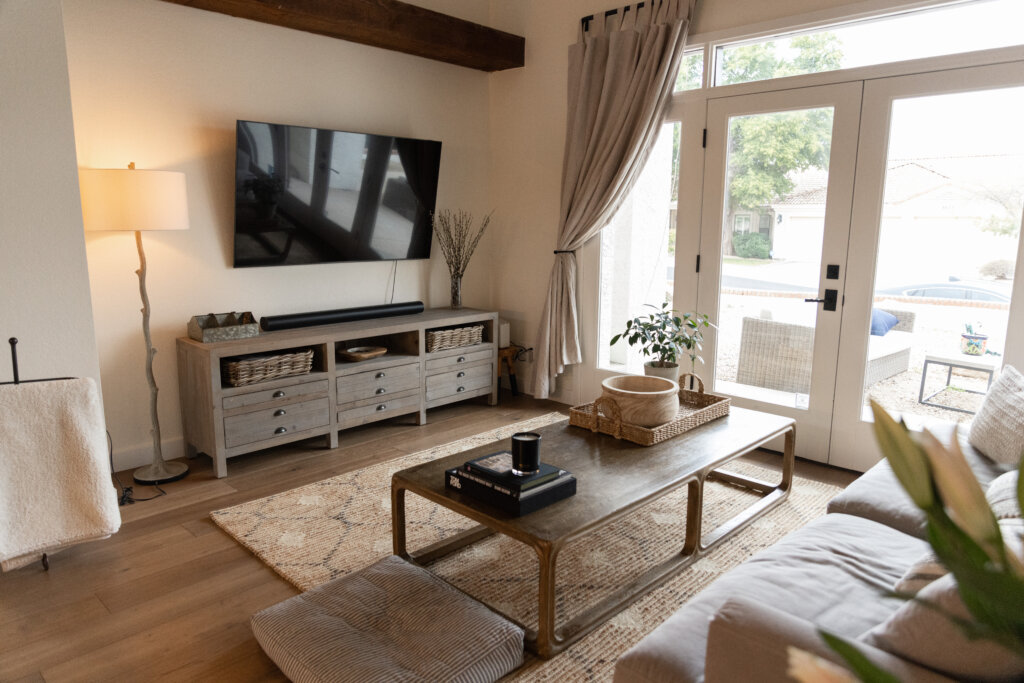
Key Design Principles To Take With You…
- Find versatile pieces, flooring, furniture, and textiles that match your style, but still keep everything in your home cohesive.
- Know where your budget can bend, and where it cannot.
- Think it through and trust your gut—it will work out!
- Add in fun where you can/want! Everything in your home’s decorative ecosystem work together, so keep it connected without venturing too far to monochromatic boredom.
- Don’t forget practicality and safety with flooring and other additions, especially if you have kids, pets, etc.
- My personal bonus tip… shop local!

